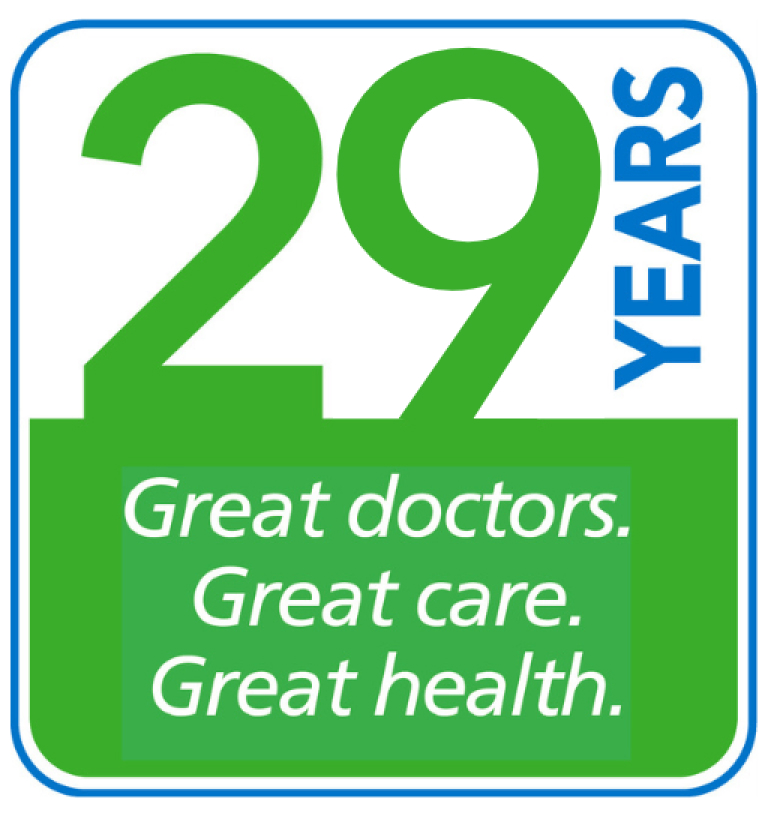By: Jamie Harms, M.D
Does this scenario sound familiar? You’re out in your yard, cleaning up vines and weeds. Two or three days later, you develop an itchy rash on your arms. Two days after that, the rash is on your legs and face. The rash swells and oozes, but it’s the itching that makes you so uncomfortable. Poison ivy season is here.
Most children and adults are sensitive to poison ivy to some degree. Poison ivy grows.
vigorously in this part of the country. It grows as a low ground cover or climbs as a vine, using trees and poles to support it. The leaves, stems, and roots of the plant contain the clear, odorless oil, called urishiol, that causes the skin reaction. When you brush by the leaves or break the vine, the oil comes in contact with your skin.
You scratch your elbow, wipe the sweat from your face, roll up your sleeves, and each time, you move a little bit of poison ivy oil around your body. Imagine how your arms and hands look after checking the oil in your car—that oil is dark, so you can see where it’s smeared on your skin. Poison ivy oil spreads around the same way. Ultimately, you wash the oil off your skin, but often not before your body has noticed the urishiol and starts sending immune cells to fight it.
A couple of days later, your skin begins to itch, and you notice some small blisters filled with clear fluid. And here is where some common myths about poison ivy begin.
Myth 1: You can spread poison ivy to other places on your body or to other people by touching the rash, especially the fluid inside the blisters. In fact, that fluid is made of cells from your own body- immune cells- not the urishiol that causes the rash. The rash itself is not contagious at all. People often notice the rash “spreading”, but this is because the rash emerges over several days. It comes out first in places where the skin is thin, like the undersides of the wrists and between the fingers. Later, it comes out in places where the skin is thicker.
Myth 2: A little bleach on the rash will dry it right up. A poison ivy rash is a break in the skin. Any caustic material, such as bleach or rubbing alcohol, can damage your tissues and make it harder for a wound to heal. Keep the rash clean with soap and water. Cover it with a bandage if it’s oozing to help prevent bacteria from getting into the wound.
Some cortisone cream will help reduce your poison ivy rash. Keep cool—you’ll itch more if you’re warm. An antihistamine such as Benadryl can help with the itch. If your poison ivy is widespread, or involves the skin around your eyes, make sure to see your doctor.





